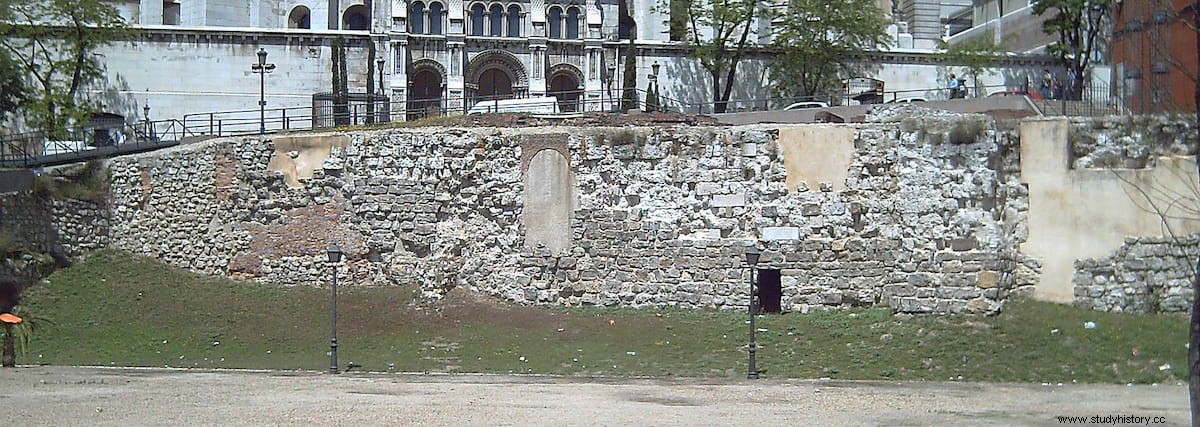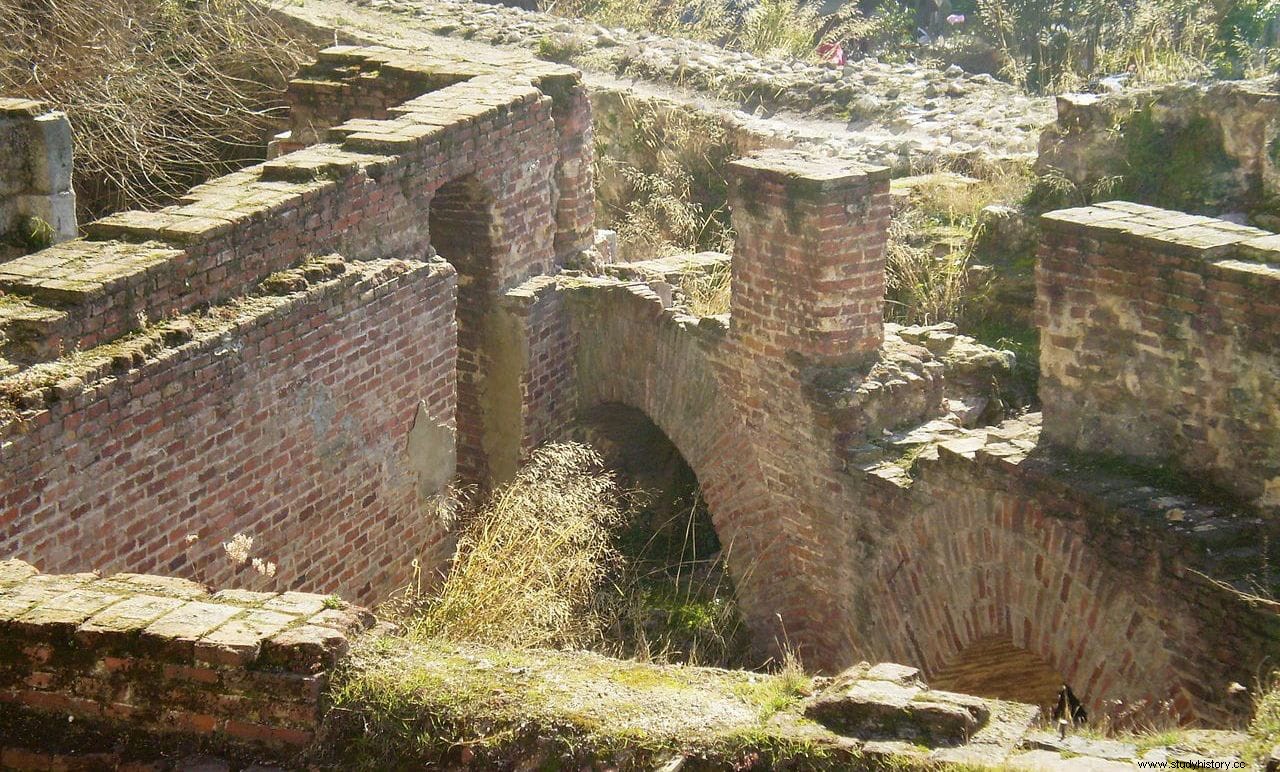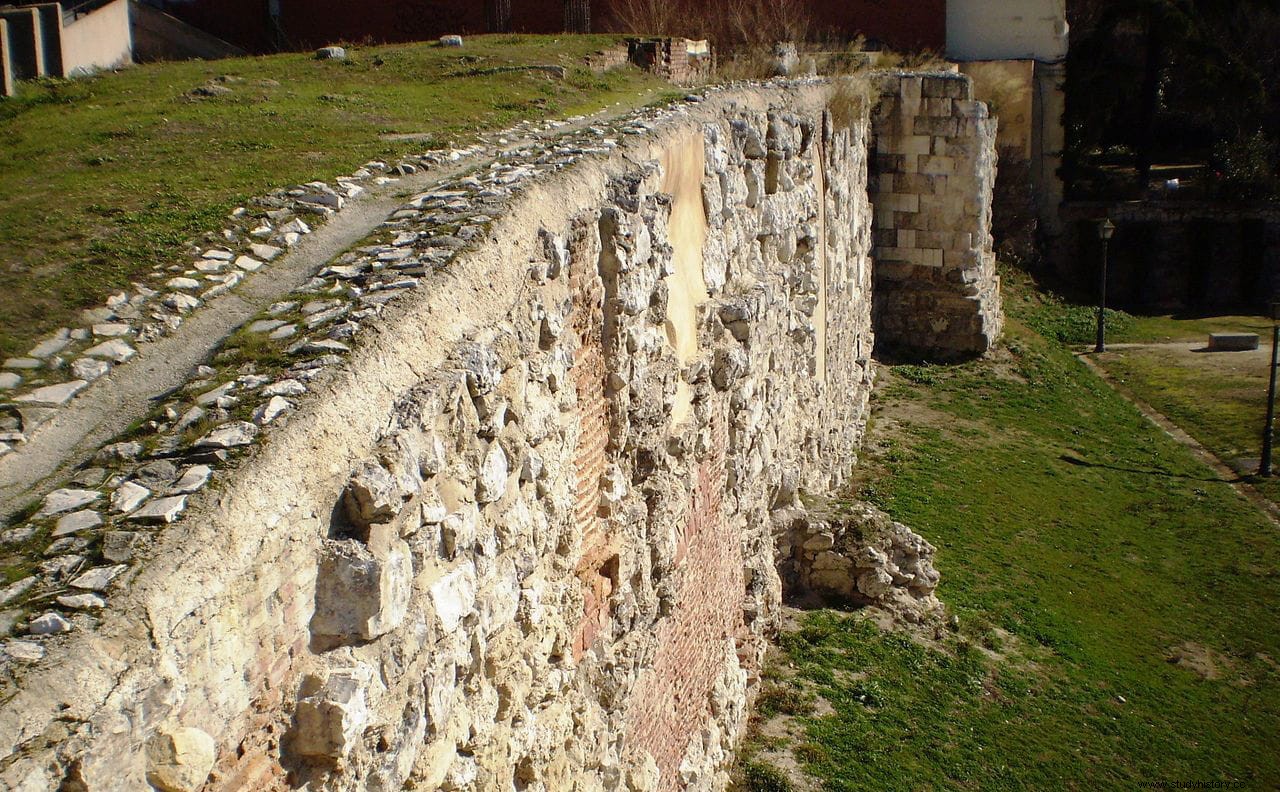Madrid is a huge city, with a very wide cultural offer and a history that many are unaware of. Pablo and Let, from Viajar's Learning, are today at the keys of this article to investigate a little about the toponymy of the Spanish capital. Without being any of Madrid we have spent many years in the capital, and we have seen it evolve. We have seen how it advanced both artistically and politically, and we have been able to feel every change that was happening in the flesh of the city.
We are both in love with the capital, and now that we live 10,000 km from it we feel nostalgic, and we select it as the protagonist in most of our memories. Because when we left we no longer knew what to do in Madrid because we had already done EVERYTHING, and we felt that we needed to stick the scalpel in the history books to learn something else.
Today we want to bring an article about the etymological origin of the name of this city. A city that has seen some pass by and others, and depending on who stepped on it, its name varied. Let's see how Magerit became Madrid.

The origins of Madrid
We can talk about Madrid and let various religions come up during the conversation. We can go back to the Visigothic era, or even to the pre-Roman period.
During the burying of the M-30, different findings of Roman Madrid arose in the Manzanares area, near Segovia street, and up to the Virgen del Puerto. It was not until the Visigoths arrived in the city that they decided to build its foundations on a height, where the Manzanares valley. There, there is a hill formed by the Royal Palace and the Cathedral from where you will see magnificent views of the south of Madrid.
A strategic enclave. Right there, on that hill, the Muslims settled in the 9th century, building a fort called Maǧrīţ, founded on a 7th-century Visigoth settlement named Matrice, or stream.
In Viajero Learning we did a highly recommended free tour where we saw the passage of different civilizations and the settlements of each one. We'll go over it later in this article.

The first name of Madrid
As a reference, the first documented name of the city is taken, which in Andalusian times was مجريط Maǧrīţ, which translated into the Castilian of the time became Magerit.
An Arabist named Jaime Oliver Asín stated in 1959 that the ǧ and the ŷ represented the same sound despite having different symbols. Therefore, Maǧrīţ and Maŷriţ, derived from the words "channel" and "abundance", i.e. maǧra and the Romance suffix -it. It must be said that at the time, and due to the mixture, it was common to find hybrids of Arabic and Romance languages, especially in the south of what is now Spain.
In any case, the same Arabist affirmed that the name of Madrid came from the Mozarabic Matrice, which means fountain. Both had a common meaning, and brought the concept of water to mind. The mythical "I went on built water..." that can be read in the Plaza de la Puerta Cerrada in the Madrid neighborhood of La Latina.
Both Muslim and Christian populations lived on hills. The former were near the Palacio de la Almudena and the latter a little further to the east, crossing the river that ran through Calle Segovia. The origin of the name, on the one hand and on the other, rescues that abundance of water.
Muslim Era and Reconquest
To begin to place Madrid on the historical map, let us remember that we have to go back to the time of the Umayyad Hermirate of al-Andalus, in the 9th century. There, the emir of Córdoba Muhammad I settled near the Manzanares, on the hill that is near the Almudena.
As we have mentioned before, both Muslims and Christians settled on hills, mainly to be able to watch over the ancient Visigothic capital of Toledo. Thus, little by little, Madrid was created, since walls were built on the hill with abundant water that the Arabs called Magerit/Mayrit.
This fortification was attacked several times, especially at the end of the 10th century by Ramiro II de León, as part of the Christian Reconquest. A century later, Toledo would surrender to Alfonso VI and the city would become, without any armed conflict, part of the Castilian kingdom.

Christian era and establishment of Madrid
After the political transfer of the city, now in Christian hands, the patterns that we know today of the Spanish capital begin to emerge. The Virgen de la Almudena became an emblematic symbol of Madrid after the alleged sighting of her image on the wall at the end of the 11th century.
On the other hand, San Isidro, Mozarabic farmer and patron saint of the town, lived during the 12th century and five miracles were attributed to him. Since his death in 1172 he was canonized and is worshiped every May 15, the day on which it is said that his incorrupt body was transferred to the Church of San Andrés.
Madrid today
The oldest church that remains today in Madrid is that of San Nicolás de los Servitas, whose bell tower, in Mudejar style (12th century), preserves the original structure.
Currently, doing the Free Walking Tour of the city of Madrid you can see those Muslim walls in the strategic enclave towards Toledo. That hill is just at the end of Calle Mayor, behind the Almudena.
We strongly recommend doing the free tour for a weekend in Madrid. They start every day at 11am from the Plaza Mayor and will take you through the entire old area of the capital, being able to see even the old walls of that lost Magerit. As if lost, that river remained in abundance, which is now asphalt.
